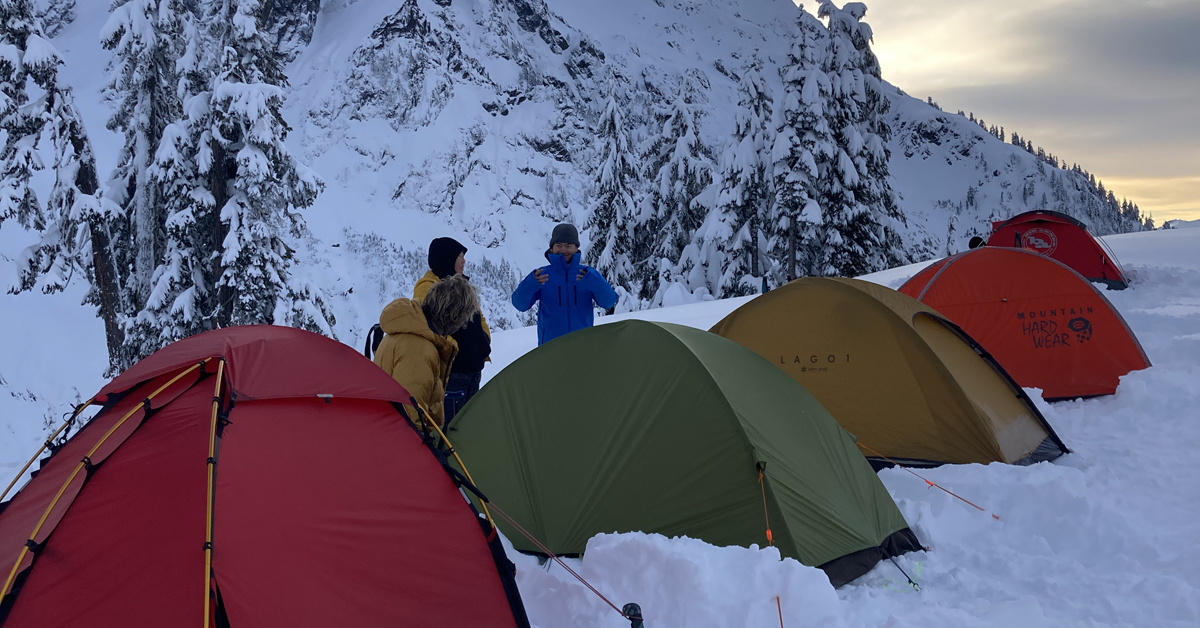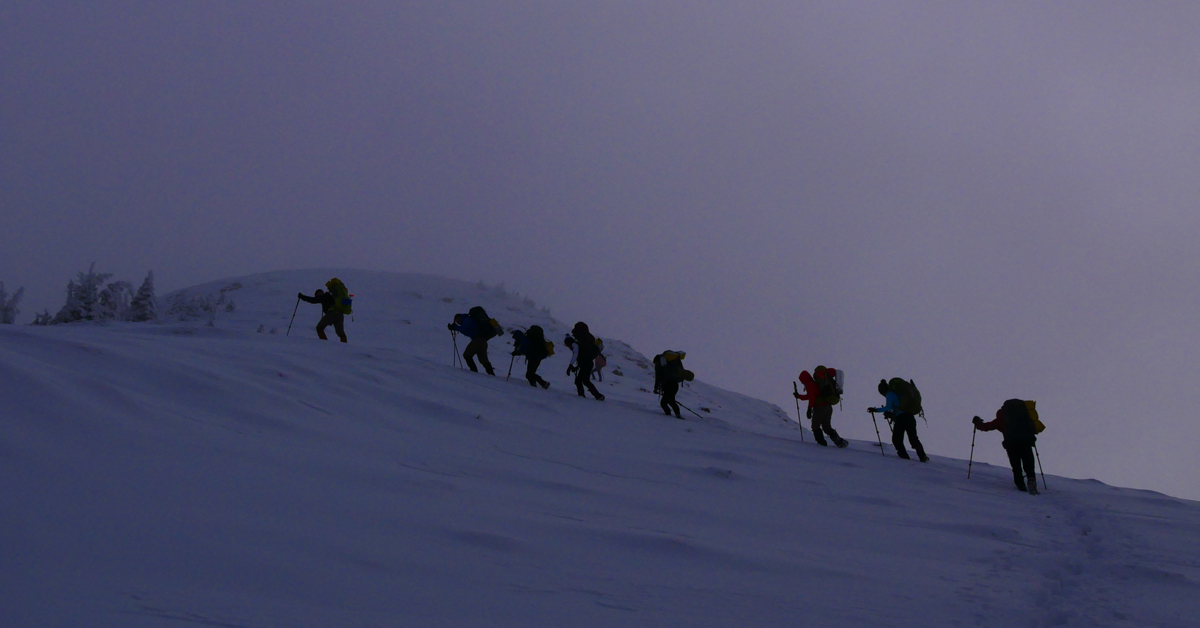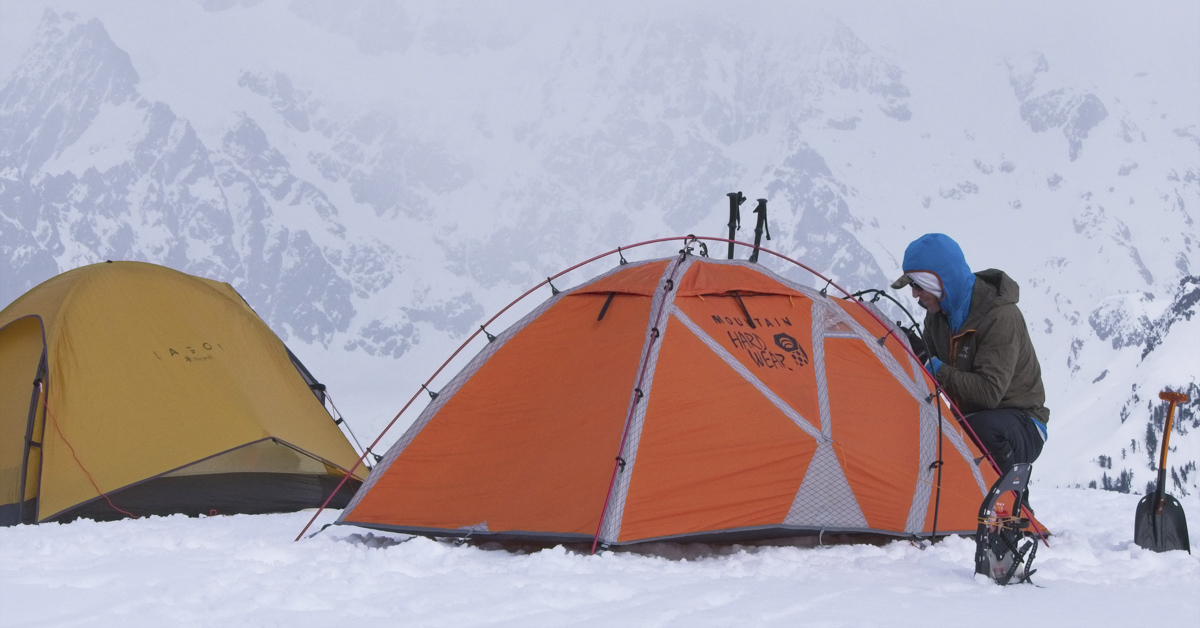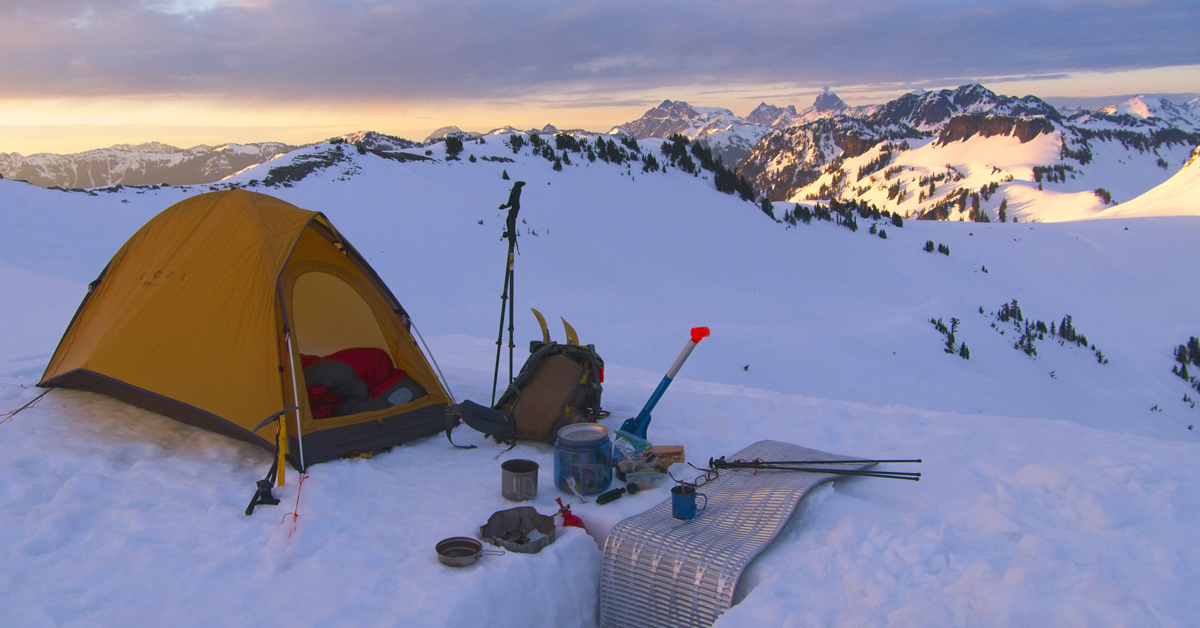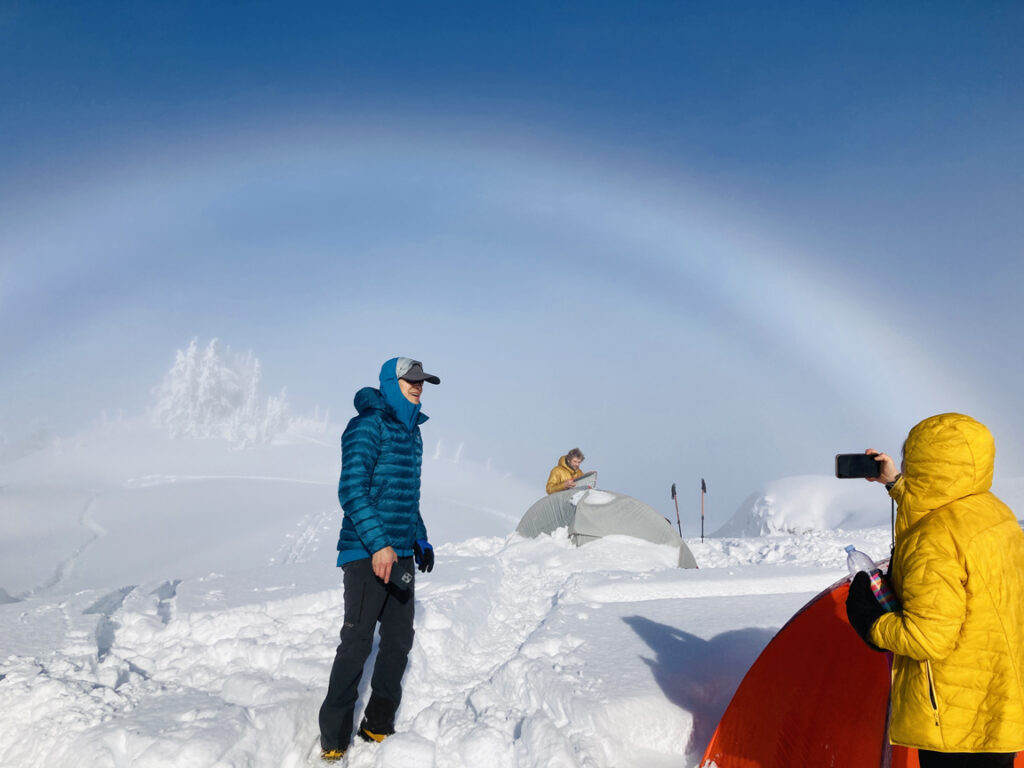If you have been looking around for a four-season tent, you have probably already discovered that the best lightweight versions, such as the MSR Advance Pro 2 costs around $800 and the Big Sky Chinook 1 cost around $600. The Chinook 1 is really the only light solo 4-season tent available on the US market that has a double-wall construction to mitigate condensation. However, there is a way to get the Leipen Air Raiz (Air Rise) tent from Japan, which is the most affordable double-wall 4-season tent.
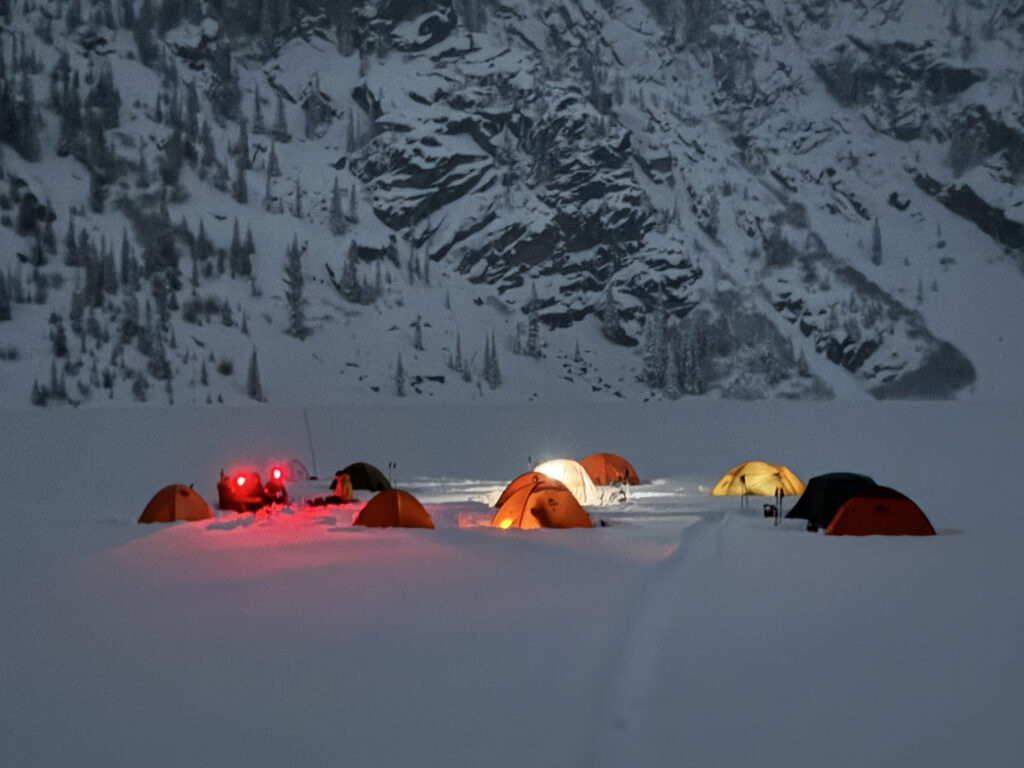
The Leipen Air Raiz 1
I have long maintained that the 4-season tent most ideally suited for backpacking in PNW winter conditions is the Snow Peak Lago 1, once made by Snow Peak and originally designed for mountain climbers. The good news is that there are other companies in Japan making a similar tent, one of which, the Leipen Air Raiz 1, that can be shipped to the USA.
